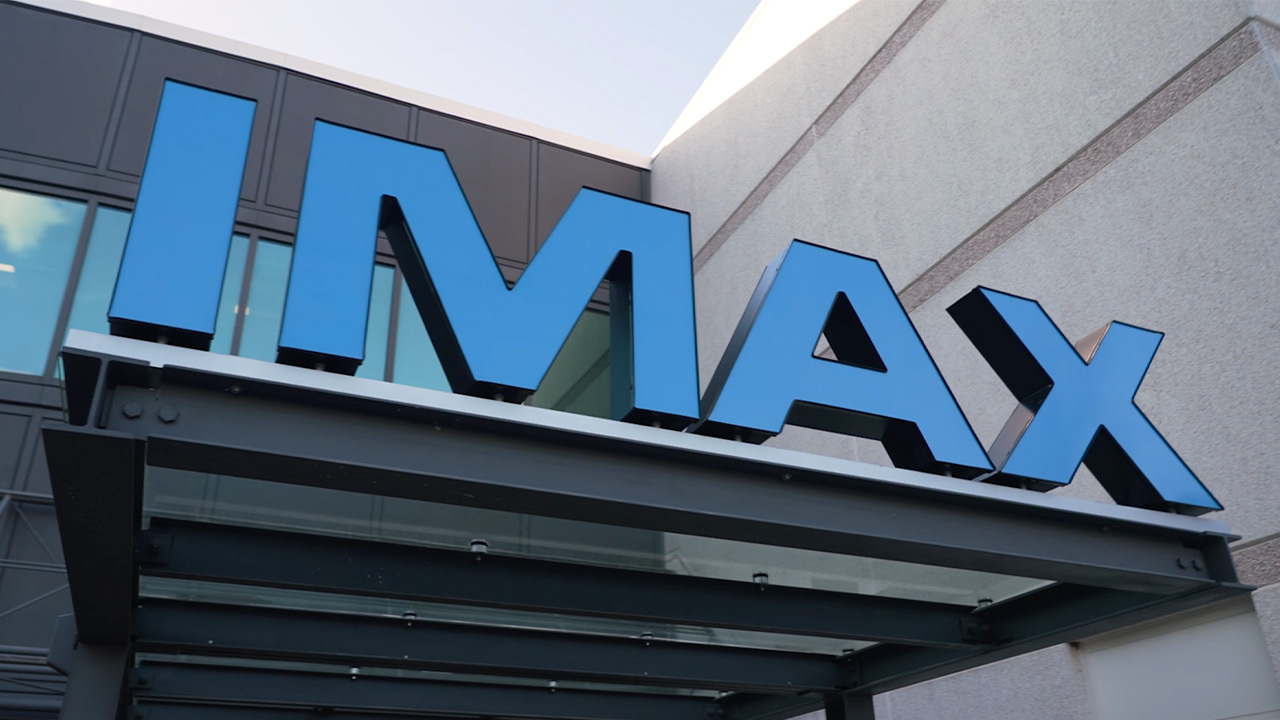
There are few names in the movie business more recognizable than IMAX. The premium format company has developed a reputation with many moviegoers for providing an upgraded viewing experience, but what exactly makes that film presentation feel upgraded? One of CinemaBlend’s Managing Editors, Sean O’Connell, recently traveled to IMAX’s headquarters in Toronto to learn a whole lot more.
While there, he spoke with engineers and other employees in all the major departments to find out what they do and how they’re pushing the technology further and further. From theater configurations to seating to screen size to sound to picture quality, every element of the guest experience and movie presentation is looked after by a team of employees; so, in partnership with IMAX, we’re putting together a series of videos to explain the science behind it all.
Over the coming months, we’ll be rolling out clips that focus on individual elements of the IMAX presentation, but in celebration of the upcoming Aquaman and the Lost Kingdom, a Filmed For IMAX Title, we’ve decided to debut an overview of what’s to come. You can check out Jason Momoa and company at your local AMC IMAX or wherever you see movies when it debuts in time for Christmas on December 22nd, and you can check out a taste of our dive into The Science Of IMAX we took alongside our colleagues at TomsGuide below...
If everything goes according to plan, watching a movie on the big screen is an immersive experience. The rest of the world floats away, and it’s just you watching a story unfold. Creating that immersive experience, however, is incredibly complicated. There are so many different elements that all need to work together, even if you’re not noticing them.
I think a perfect example is with the cameras. The average person watching a movie isn’t thinking about whether something was shot on a 16mm camera or a 35mm camera or a 65mm camera, but that doesn’t mean they don’t notice something different, something looking more vibrant. That’s the exact sorta thing IMAX engineers spend all of their time thinking about. Like Director Of Camera Operations David Kempling who told Sean the following…
Where we start with the IMAX camera is the scale. So, 16 millimeter was used because it was more economical and the cameras are very light. If you’re staying on smaller screens, that’s okay. 35 millimeter has sorta been the standard for many decades, but when you get up to our 65 millimeter film… you get this sense of scale. It’s almost like if you shoot something with a small format… you feel like you’re kind of looking through a window into a scene, but if you shoot it with a larger format with that larger scale, you feel like you’re kinda looking over the fence into the neighbor’s yard. Like you’re right there.
That’s just one puzzle piece of the larger jigsaw, with every other portion having its own team of people to look after, evolve and improve it. So, check back over the coming months, as we spotlight these dedicated people, working to perfect the movie experience. Until then, you can also check out Aquaman and the Lost Kingdom in IMAX when it hits theaters around the world later this month. While there, take a second to focus on all the little details because, more than likely, there’s a person or entire team spending hundreds of hours making it as good as possible.







